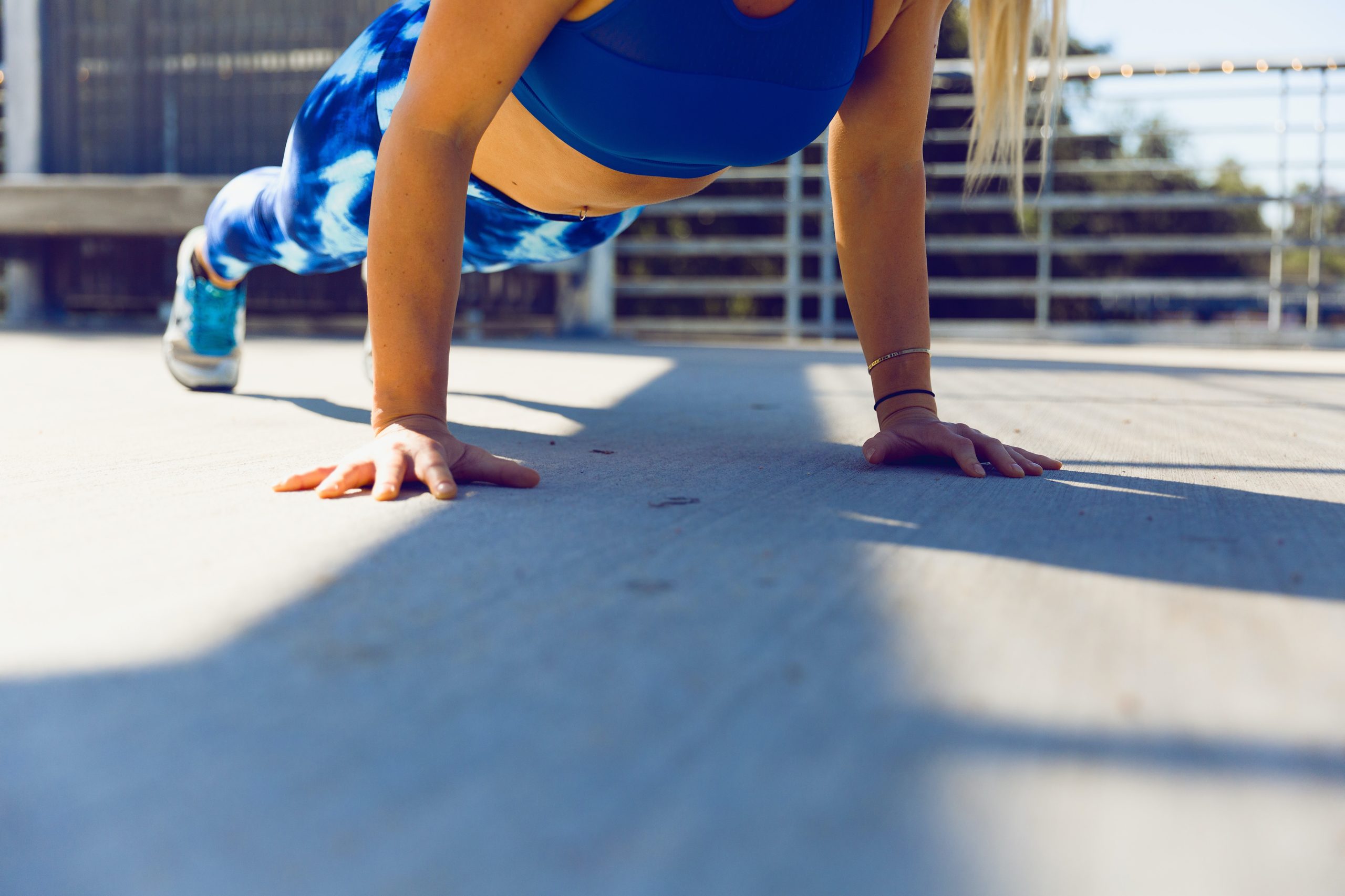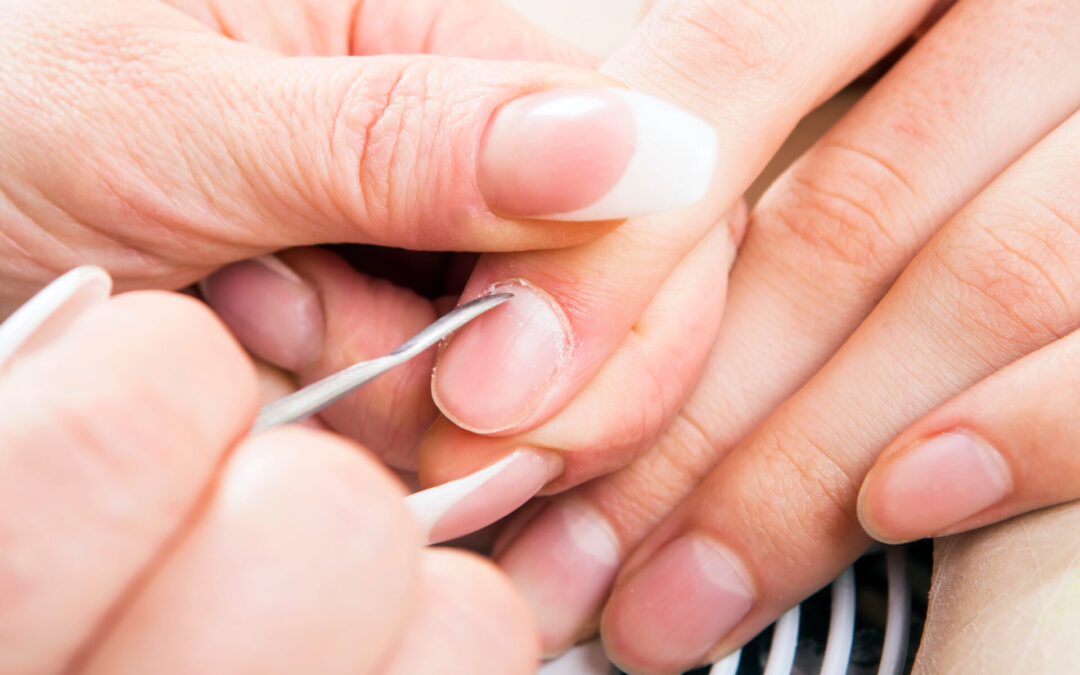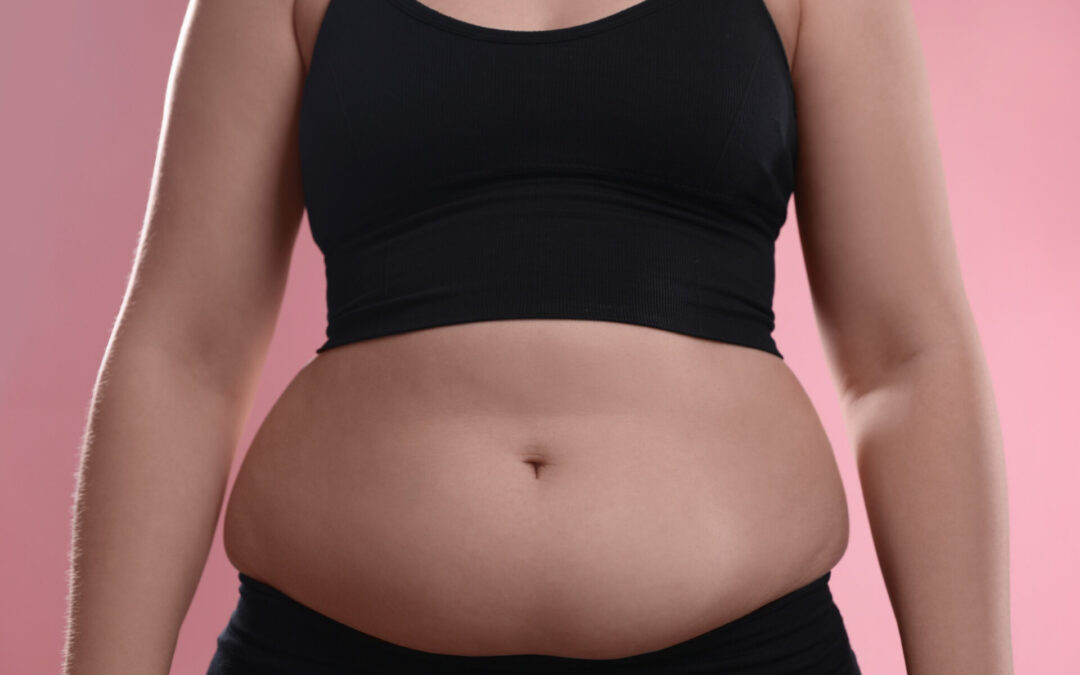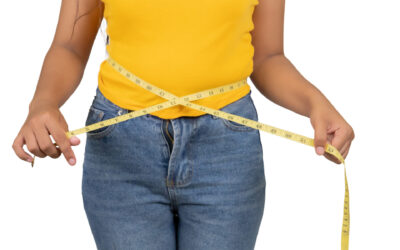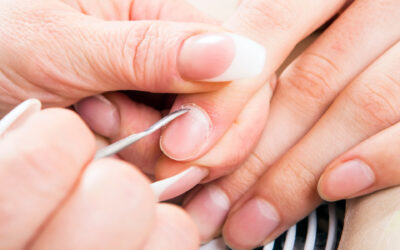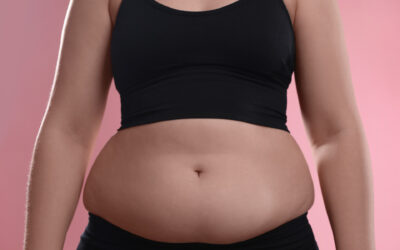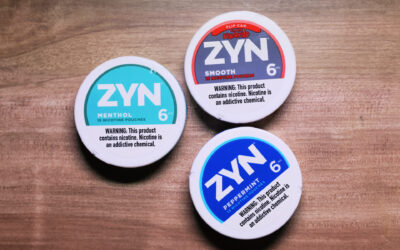This article will give you all the necessary information on creating a chest workout at home and optimizing it for your goals.
It is possible to achieve great results with training at home. But first you need to know a few basic things to have the best results.
- What results can I expect?
- What will I need?
- How many times a week should I train my chest?
- How many sets and reps should I do?
- First, it is important to know that beginners will have the best results with home workouts. Advanced exercisers can train chests at home, but may have issues maintaining muscle mass if they don’t have the right equipment.
- If you want to progress continually you will need some equipment. A couple of training bands of different resistances, two dumbbells, and extra weights will be enough to keep you going for many months ahead.
- The frequency of workouts and volume depends on many factors such as level of progress, sleep, recovery… Generally, when training chest at home, the recommended volume is 3-5 sets per workout and 12 to 20 reps, and it is good to include a set where you are working until failure. It can be performed 3-5 times a week for maximum effectiveness, but the rule of thumb is typically 2 times per week per muscle group to see the best results.
Chest Exercises at Home
The best exercises for the chest at home are push-ups (many types of variations), exercises with dumbbells, and flies with the help of a band or using dumbbells.
A sample workout for the chest at home is:
- Standard push-ups.
- Weighted push-ups (weight plate, a few thicker books, or your child)
- Kneeling pushups.
- Deficit push-ups (dumbbell push-ups, knuckle push-ups, book push-ups, rack push-ups)
- Bench Press with dumbbells (if you have a workout bench, great! If not, you can lay on the floor)
- You can use a few variations of push-ups to combine and try to progress over time, with your goal being to lift the load, the reps, or both while maintaining good execution form.
- Push-ups with progression.
Chest Function and Structure
There are big genetic differences between everyone when it comes to not only the shape and structure of your chest, but your potential to grow the pectoral muscles as well. The level at which it will be possible to develop our chest muscles really depends on our genes, but in the end it will come down to your nutrition and workout plans. If you stay disciplined and stick to your routine, you will see results no matter what your genetic limitations are (to an extent).
The chest is divided into upper, middle, lower, and inner. We will look at all of them separately on how they work and how to train them most effectively at home.
Upper Chest Function:
- shoulder adduction
- horizontal shoulder adduction
- shoulder flexion
- shoulder internal rotation
Middle Chest Function:
- shoulder adduction
- horizontal shoulder adduction
- shoulder flexion
- shoulder internal rotation
- scapular protraction
Lower Chest Function:
- shoulder adduction
- horizontal shoulder adduction
- shoulder extension
- shoulder internal rotation
- shoulder blade protraction
- shoulder depression
- scapular depression
Upper Chest Workout
The upper chest is the smallest part of the muscle and for many people it is the lagging part. When our focus is maximizing chest aesthetics, it’s a good idea to start with an upper chest workout.
For your upper chest workout at home, you start with a warm-up as usual. Then as a first exercise you can do incline push-ups, making sure your hands are a bit higher towards your head helps focus the movement more on your upper chest. Depending on your fitness level you should do between 3-5 sets and as many reps as you can per set.
More advanced people may use additional resistance such as a back weight, resistance bands or both. Perform 12 to 20 repetitions slowly (or until failure), and in a controlled manner as you focus on flexing and squeezing your chest.
The second exercise will be an incline dumbbell bench press. You will need somewhere where you can lie down at an incline if you don’t have a workout bench. An exercise ball is actually a great option because it forces you to use your core and muscles as you stabilize. Complete 3-5 sets of 12-20 reps (or until failure).
As a finale for the upper chest workout, we can do standard push-ups using the same scheme. Standard push-ups don’t specifically load the upper chest, but the load is on the entire muscle and is a great finish. To make it even more challenging, after you go until failure in the normal push-up position, drop down to your knees and burn-out doing knee push-ups. This is called a drop-down set and really helps achieve the muscular hypertrophy needed to grow muscles.
Middle Chest Workout
The exercises that can be used for this workout are standard push-ups, push-ups with progression, flies with the band and flies with dumbbells. Start with 1-2 sets of the normal pushups without additional resistance. Then we add a band or back weight for the following 2-3 sets.
For the dumbbell fly, you will again need to lie down with an incline somewhere to have full extension to perform the movement. Perform the fly as a last exercise with the band by tying the band somewhere secure. If you have resistance bands that include a door-jam anchor, this is a great option
It is important in these exercises to be very careful with the technique to prevent injuries, so perform the exercises with good technique and mindful movement.
Lower Chest Workout at Home
Dips, plyometric push-ups, decline push-ups (where your feet are higher than your head), and decline dumbbell bench press do a great job. Without a workout bench that has a decline option, performing decline bench press with dumbbells is going to be tricky, or impossible.
For the dips, you can use two higher surfaces or buy special rack equipment that will help with many of the exercises. For the dips, do 3-5 sets until failure, and the same for the plyometric push-ups. The other exercises are 12-20 repetitions.
Inner Chest Workout
For the inner chest workout start with diamond push-ups (which also works out the triceps a lot), performing them slowly and in a controlled manner until failure. You can try adding some resistance, but diamond push-ups are very challenging, so we suggest you first go until failure in the normal position and then drop down to your knees and do it again.
Then you should move on to plate squeeze press. For this exercise, use a plate or a heavier book. The goal here is not to lift as heavy as possible, but to apply maximum effort on the object during the movement, aiming for a slow and controlled movement while trying to squeeze it hard as if you want to break it.
The following exercise will be a dumbbell pullover. Perform it by lying on your back so that the only thing resting on the bench is your upper back and shoulders. Then, take the dumbbell and hold it over your chest with your arms straight. Drop it back until the arms are level with the bench and lift it up and over your chest. Do 3-4 sets of 12-20 reps.
The last exercise is the Svend press. It is similar to the plate squeeze press, but here you will be using a dumbbell. Stand up and squeeze the dumbbell as you extend your arms out in front of you and bring them back in repeatedly. You will feel the burn almost immediately, and it this workout is a great finisher.
Cable Chest Workout
This is one of the best ways to train the chest because the cable provides constant tension on the muscle. Most of these exercises are done in a gym with special equipment. However, there are variations at home you can do with resistance bands.
One great exercise is the cable fly, its alternative at home would be with a band as there are different variations. In one version, we attach the band above yourself (top of door frame above top hinge) so that the arm movement is from top to bottom. This emulates decline cable flies.
Another variation of the exercise is to secure the band close to the ground (bottom of door frame below bottom hinge) so that the movement is from the bottom up, simulating incline cable flies. The third variation is to secure the band at shoulder level. In this way, the movement is targeting all parts of the chest muscles evenly.
Chest and Shoulders Workout
A chest and shoulders workout at home is a pretty good combination since the deltoid muscles play a big supporting role to chest workout movements. The workout can consist of a chest exercise followed by a shoulder exercise by rotating them, or doing one muscle first and then the other. If your shoulders are lagging behind, it is good to give them a priority and either start with shoulders or give them some extra work.
An effective chest and shoulder workout would be the following:
For the first exercise, do a handstand against the wall for 3 sets for a total of 20-30 seconds each. It loads the shoulders quite well, but also the chest. Then do shoulder press with dumbbells or bands for 3 sets of 15 reps (last one until failure). From here, switch to chest with one of the push-up variations again for 3-4 sets. Then perform a lateral shoulder raises with a dumbbell or band. The next exercise is a dumbbell bench press in an appropriate location. Then finish with a dumbbell fly for chest with 3-4 sets, and for shoulders you can do front raises with either dumbbells or the band. To perform a lot of shoulder exercises with the resistance band, it is best to stand on it or put the anchor in the door jam.
When you create a workout program, it is good to switch up the exercises every now and then. For example, if today you are doing push-ups with weight on your back, in the next workout do a dumbbell bench press to add some variety. This will help ensure you are working out different parts of the muscle and not just getting your body used to performing the same movement.
Chest Shoulder Triceps Workout
When you want to combine these muscles in one workout, it is important to keep in mind that the triceps are worked a lot in chest exercises, as they are involved in at least 25% of the movements.
A good combination for working out chest, shoulder and triceps would be the following…
Complete the chest and shoulders workout above, but just add to this workout 2-3 exercises for triceps. Some good ones you can do are over-head dumbbell tricep extensions, diamond push-ups, bent-over dumbbell kickbacks, or dips. By adding this tricep work to the end of your workout for chest and shoulders, you are completing a large portion of a full body workout. The only muscle groups you have left are biceps and back.
Chest and Biceps Workout
This is an excellent combination workout, but with quite a few differences compared to the other workouts above. Here it is important to know that when you train chest, your biceps are not involved in the movement. So that is why it might be a good idea to include it in your workout.
A good option is to do the chest exercises and then the biceps exercises.
The program will look something like this:
- Push-ups 3-5 sets / 12-20 reps
- Dumbbell bench press(dumbbell fly) 3-4 sets / 12-20 reps
- Dumbbell fly 3-4 sets / 12-20 reps.
- Standing Dumbbell Curl (with palms up) 3 sets / 12-15 reps
- Hammer Curl 3 sets / 12-15 reps
- Zottman Curl (rotate the dumbbells from hammer to palm-up as you raise the weights, then at the top of the rotation turn your palms outward and lower them down, and then reset your wrists at the bottom) 3 sets / 12-15 reps
Bodyweight Chest Exercises
If you currently do not have any equipment, you can still get in a good workout. You can use household objects as weights, which depending on their shape can actually work quite well. But even if you don’t have any resistance at all, you can achieve muscular hypertrophy by simply doing more reps and making sure you are going until failure.
When doing push-ups, slow down the movement as much as possible with a pause in the bottom position. You can do so with all types of pushups – incline, decline, normal.
Use plyometric pushups in your workouts as well as knee pushups. If you have some taller surfaces you can use them to do dips also (two taller chairs or between two tables or counters will work great).
Chest Workout in the Gym
For people who want to go from home workouts to the next level, it’s time to hit the gym. Gym workouts will be much different, but in a way a lot easier since there are more weights and equipment. The fact of the matter is that you can’t do every possible chest workout at home without certain machines and equipment.
A chest workout in the gym can include a barbell bench press, a dumbbell bench press with different and heavier weights, a cable machine for chest workouts, and all sorts of cool chest machines (Hammer Strength makes some great chest machines).
The dumbbell bench will be more comfortable since there are specially adapted benches for that, as well as for dumbbell flies. Performing flies with resistance bands will be replaced with cable flies on the cable machine, and if you have ever tried both then you know the difference is huge. Another major difference between the gym and training at home is that it’s easier to progress, and cheaper too! As you get stronger, you will need more and/or heavier weights, and it could get very costly and also difficult to find the space at home.
What could also be looked at as a positive of doing your chest workouts at the gym, is the presence of other people. Some people thrive off that energy, and having other people around you could add a sense of accountability to perform. On the other hand, working out chest, and any muscle group for that matter, at home is more preferable for many people since you get a level of privacy and organization you can’t get at the gym. People stare, people stink, people don’t put their weights back. At home, you are in control of everything.
Final Thoughts
In this article, you have learned which are the best exercises for the chest at home, and also how to combine them in a program with shoulders and triceps to have the best results.
Keep in mind that if you are a beginner, start small and work your way up. This means doing less sets at first, because it is going to take less work for you to achieve muscular hypertrophy and get sore. Also, keep in mind that if you are very advanced, chest training at home can still get the job done, but you might not be reaching your full potential since you don’t have access to the gym equipment a higher level weight lifter might need.
Now that you have all the info to crush some home chest workouts, the only thing left to do is go and get to work! For more info and tips on working out and building muscle, click here!
Zoppler is reader supported and may earn affiliate commissions from links on this page. We support and believe in all the products and services we promote and are affiliated with.

